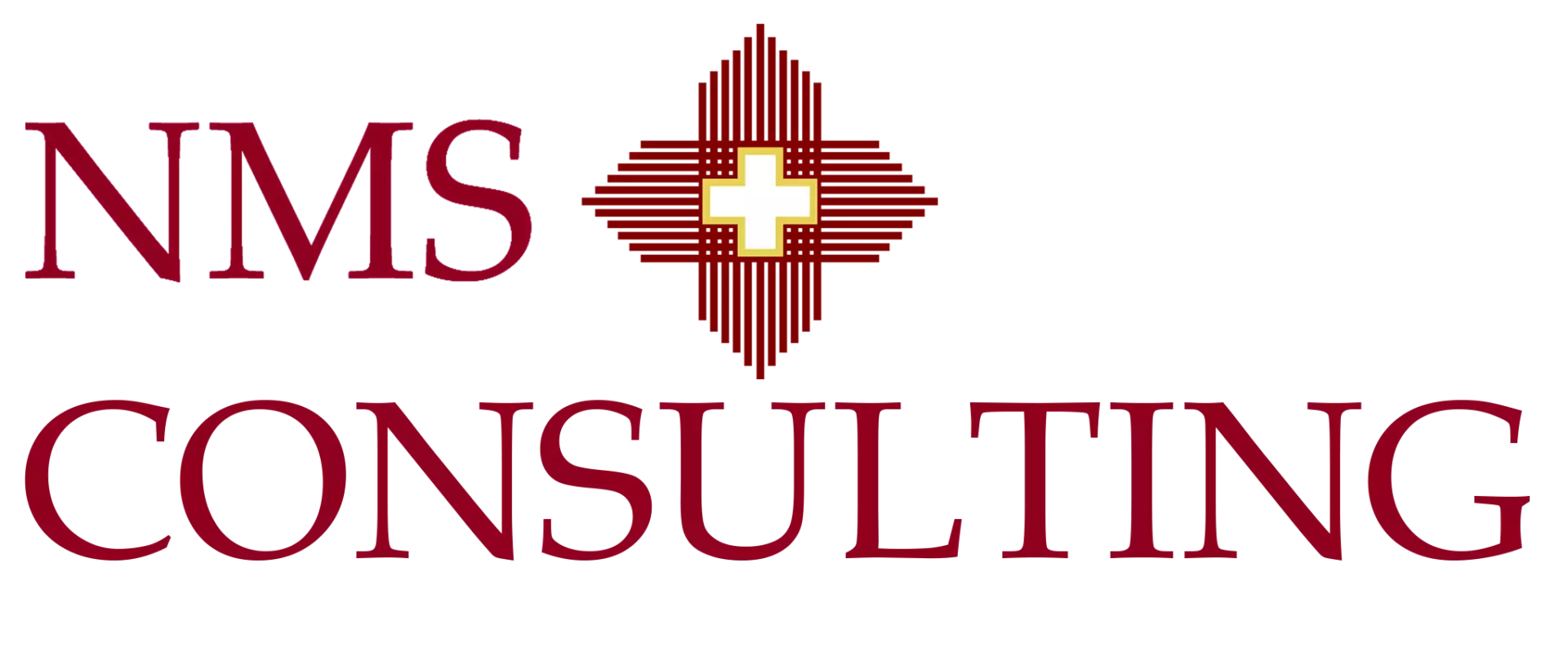What Does an Artificial Intelligence Consultant Do?

Published: • Updated:
Key takeaways
- What: Artificial intelligence consulting translates goals into safe, measurable solutions across data, models, and workflows.
- Why/how: Adoption is widespread and value rises when change management leads. Follow the 10-20-70 rule to scale.
- Keywords: artificial intelligence consulting, artificial intelligence consulting services, artificial intelligence consulting company, What is the 10 20 70 rule in AI.
An artificial intelligence consultant identifies high-value use cases, designs data and models, embeds them in workflows, and installs governance so deployments are safe and useful. Most impact comes from process and people change, which is why the 10-20-70 rule guides delivery and adoption.
Want a 30–60 day plan tied to KPIs?
Book an AI roadmap review
What does an artificial intelligence consultant do?
- Prioritize value. Select problems with clear ROI and measurable outcomes.
- Design data and models. Define data pipelines, model choices, and evaluation criteria.
- Integrate and ship. Connect to apps, workflows, and controls so teams actually use the tool.
- Govern risk. Apply policy, testing, and monitoring aligned to NIST AI RMF and ISO/IEC 23894.
- Drive adoption. Train users, update roles, and run weekly reviews to hold gains.
What is the 10 20 70 rule in AI and why it matters
The 10-20-70 rule says results come from 10% algorithms, 20% technology and data, and 70% people and process change. It is a practical way to avoid model-only pilots and to focus budgets on workflow redesign, training, and leadership habits that make AI stick.
Why hire an artificial intelligence consulting company now
- Adoption is mainstream. Most companies report using AI somewhere, but few follow scaling practices consistently-consultants help close that gap.
- Regulation is arriving. The EU AI Act phases in starting 2025 and broadly applies from August 2026; aligning early reduces rework.
- Proof shows upside and limits. Experiments show big productivity lifts on some tasks and drops on tasks outside the “frontier,” which is why guardrails and task selection matter.
How artificial intelligence consulting services run day to day
- Use-case factory. Intake, screen, and rank ideas by value, risk, data readiness, and time to impact.
- Build-operate-transfer. Stand up data pipelines and models, run a pilot, measure KPIs, then hand off with playbooks.
- Governance. Map risks and controls to NIST AI RMF functions and ISO/IEC 23894, plus local laws like the EU AI Act.
- Change and training. Role-based guides, prompts, QA checklists, and adoption metrics.
| Finding | Figure or term | Source |
|---|---|---|
| Companies using AI in at least one function | 78% | McKinsey State of AI 2025 |
| Scaling practices still immature | Less than one-third follow most practices | McKinsey State of AI 2025 (PDF) |
| 10-20-70 delivery rule | 10% algorithms, 20% tech and data, 70% people and process | BCG articles and BCG X leadership commentary |
| EU AI Act application | General application Aug 2, 2026; earlier phased milestones | European Parliament brief; EU AI Act timeline |
| GenAI effect on complex tasks (consultant tests) | Up to +49 percentage points vs control | BCG Henderson Institute study |
| Risk frameworks used by AI programs | NIST AI RMF 1.0; ISO/IEC 23894 | NIST; ISO |
Use these anchors to guide investment mix, governance, and timelines for enterprise deployment.
How to start in 2 sprints
- Customer support or analyst co-pilot. Target one path with high volume. Track accuracy, handle time, recontact, and satisfaction weekly.
- Trusted data view for a single decision. Build a source-of-truth pipeline, define red-flag thresholds, and route exceptions to humans.
Talk to an AI consultant
Related NMS content
Explore digital and technology for data and platform work, business transformation for operating model changes, and our AI in strategic consulting explainer.
Sources
- McKinsey. The State of AI: Global Survey 2025 (78% using AI; scaling practices). https://www.mckinsey.com/capabilities/quantumblack/our-insights/the-state-of-ai
- McKinsey. The State of AI 2025 PDF (adoption and KPIs). https://www.mckinsey.com/~/media/mckinsey/business%20functions/quantumblack/our%20insights/the%20state%20of%20ai/2025/the-state-of-ai-how-organizations-are-rewiring-to-capture-value_final.pdf
- BCG. The Leader’s Guide to Transforming with AI (10-20-70). https://www.bcg.com/featured-insights/the-leaders-guide-to-transforming-with-ai
- BCG X. AI @ Scale and impact gap articles (10-20-70). https://www.bcg.com/capabilities/artificial-intelligence • https://www.bcg.com/publications/2025/closing-the-ai-impact-gap
- BCG Henderson Institute study (consultant performance up to +49 pts). https://www.bcg.com/press/5september2024-generative-ai-knowledge-workers-consultants
- NIST. AI Risk Management Framework 1.0. https://www.nist.gov/itl/ai-risk-management-framework • PDF: https://nvlpubs.nist.gov/nistpubs/ai/nist.ai.100-1.pdf
- NIST. Generative AI Profile for the AI RMF (2024). https://nvlpubs.nist.gov/nistpubs/ai/NIST.AI.600-1.pdf
- ISO/IEC 23894:2023 AI risk management (overview and preview). https://www.iso.org/standard/77304.html https://cdn.standards.iteh.ai/samples/77304/cb803ee4e9624430a5db177459158b24/ISO-IEC-23894-2023.pdf
- EU AI Act timeline. European Parliament briefing (general application Aug 2, 2026). https://www.europarl.europa.eu/RegData/etudes/ATAG/2025/772906/EPRS_ATA%282025%29772906_EN.pdf • Timeline explainer: https://artificialintelligenceact.eu/implementation-timeline/
- Business Insider coverage of BCG X on 10-20-70. https://www.businessinsider.com/ai-mistake-companies-make-bcg-tech-executive-2025-5
- Task “frontier” caution. Harvard research summary (jagged frontier). https://www.hbs.edu/faculty/Pages/item.aspx?num=64700
About the Author
Aykut Cakir, Senior Partner and Chief Executive Officer, has a demonstrated history in negotiations, business planning, business development. He has served as a Finance Director for gases & energy, pharmaceuticals, retail, FMCG, and automotive industries. He has collaborated closely with client leadership to co-create a customized operating model tailored to the unique needs of each project segment in the region. Aykut conducted workshops focused on developing effective communication strategies to ensure team alignment with new operating models and organizational changes.




